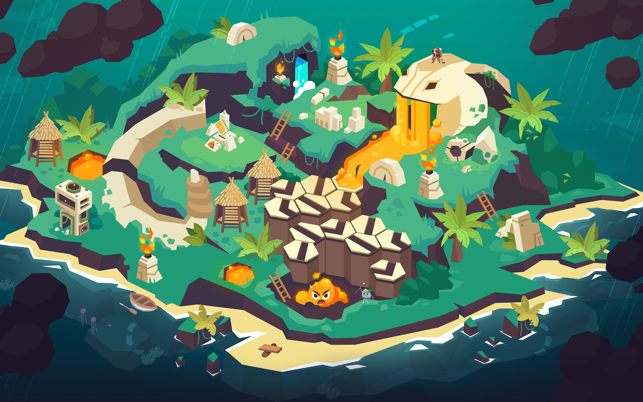

Catala describes them as “language devoid of language, like a skeleton of language created to communicate an emotion.” Does a pictogram make meaning more concrete? What happens when the symbols command real space, with seemingly their own agency? Catala’s second work is an inflatable logo, one that belongs to a set of logos for, as he put it, “every moment in one’s life,” i.e., getting an ice cream, taking a shower, and so on. In contrast, the prospect of concretization spins off in different directions.

In this respect, it resembles a robotic vacuum cleaner – except that, for the emoticon, corners could pose an insurmountable challenge. The exact path of the sculpture is unpredictable. As they rub against the floor, they push the entire contraption forward. These rotate on a steel stem driven by a small electric motor. It is propelled by 3-D renditions of the characters that comprise an emoticon that represents googly eyes. Organized by John Miller, the show treats the gallery as a topological site in which the possibility of play might unfold rather than requesting specific works, Miller asked the artists he invited to respond to each other and the works they present.Īntoine Catala’s kinetic sculpture, which represents an emoticon, literally enacts a topological exploration by awkwardly crawling over the floor. They include Antoine Catala, Melanie Gilligan, Matt Keegan, Josh Tonsfeldt, and Karin Schneider with Abraham Adams. No Games Inside the Labyrinth features five artists based in New York, who for the most part have not previously been shown in Berlin. No Games Inside the Labyrinth, organized by John Miller at Galerie Barbara Weiss, Berlin, from September 2 to November 15, 2014


 0 kommentar(er)
0 kommentar(er)
